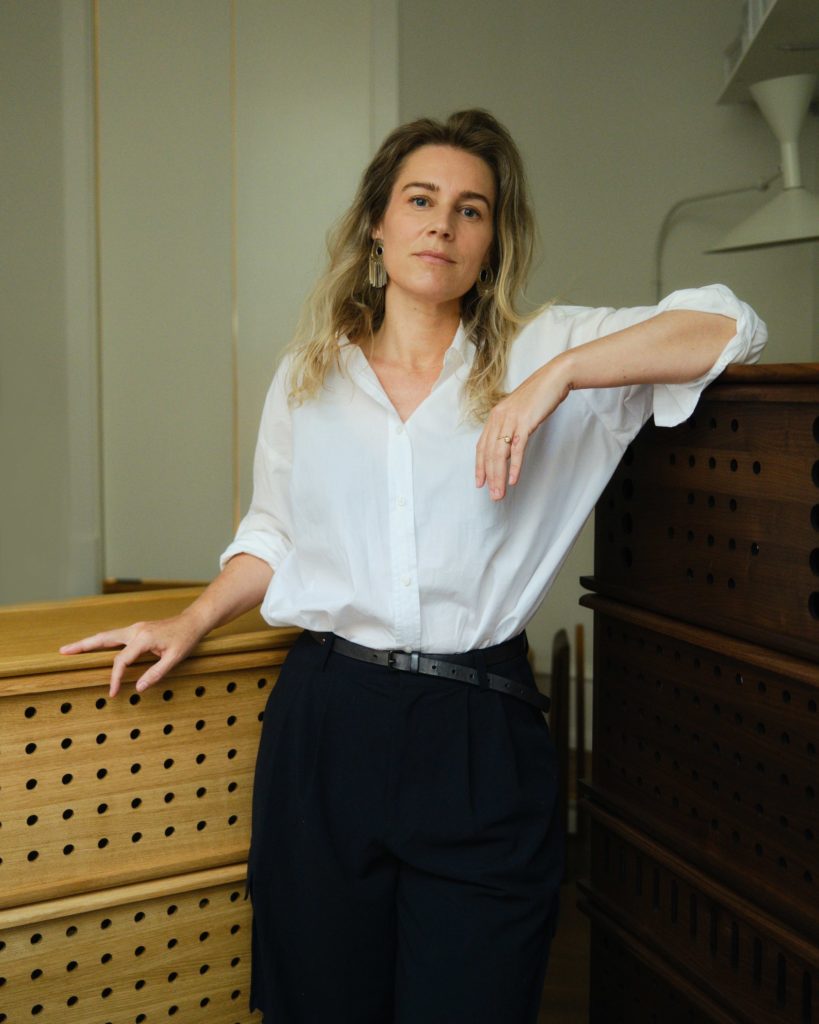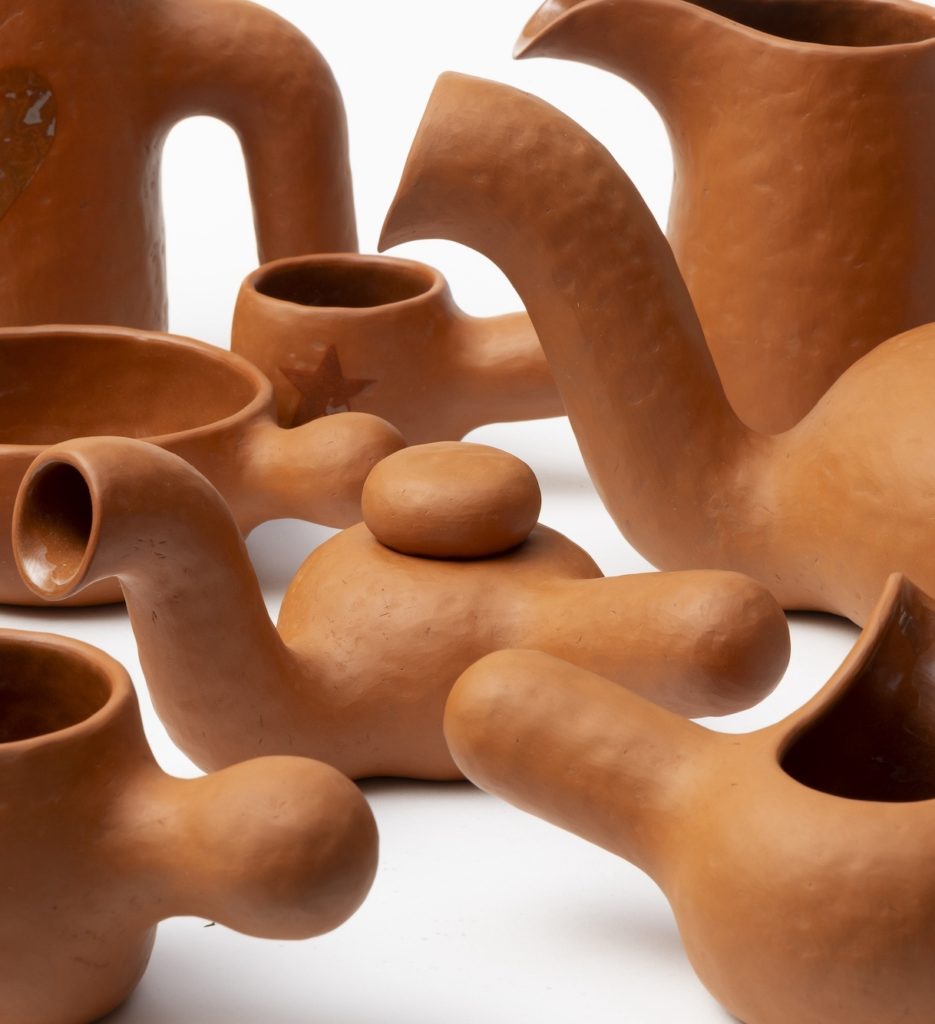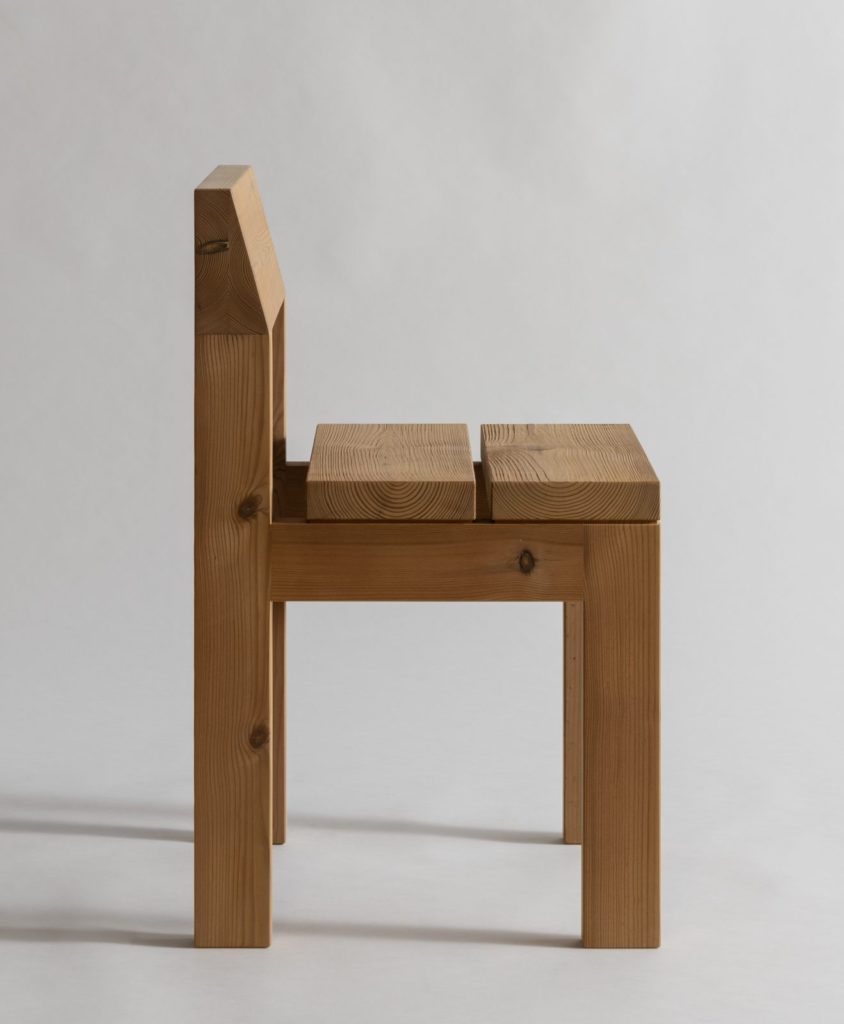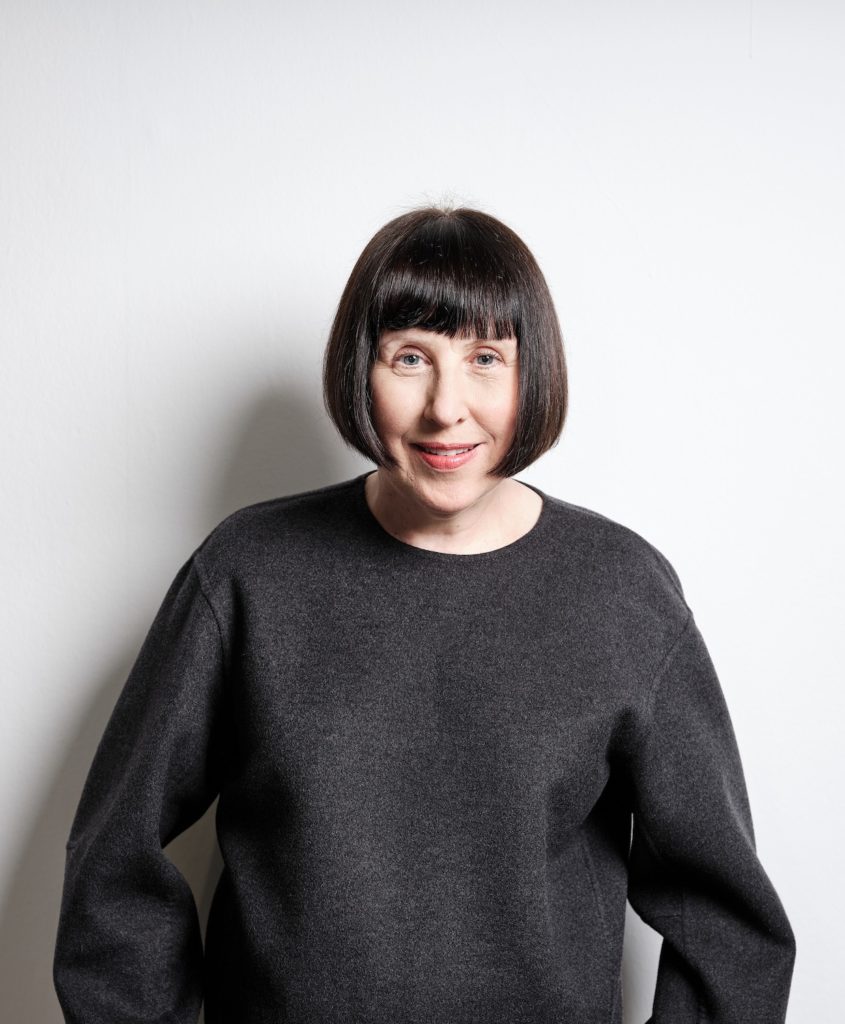David Thulstrup on artists and designers that place craft at the forefront
David Thulstrup, Founder and Creative Director of Studio David Thulstrup, is member of The Mindcraft Project’s Curatorial Advisory Board in 2022.
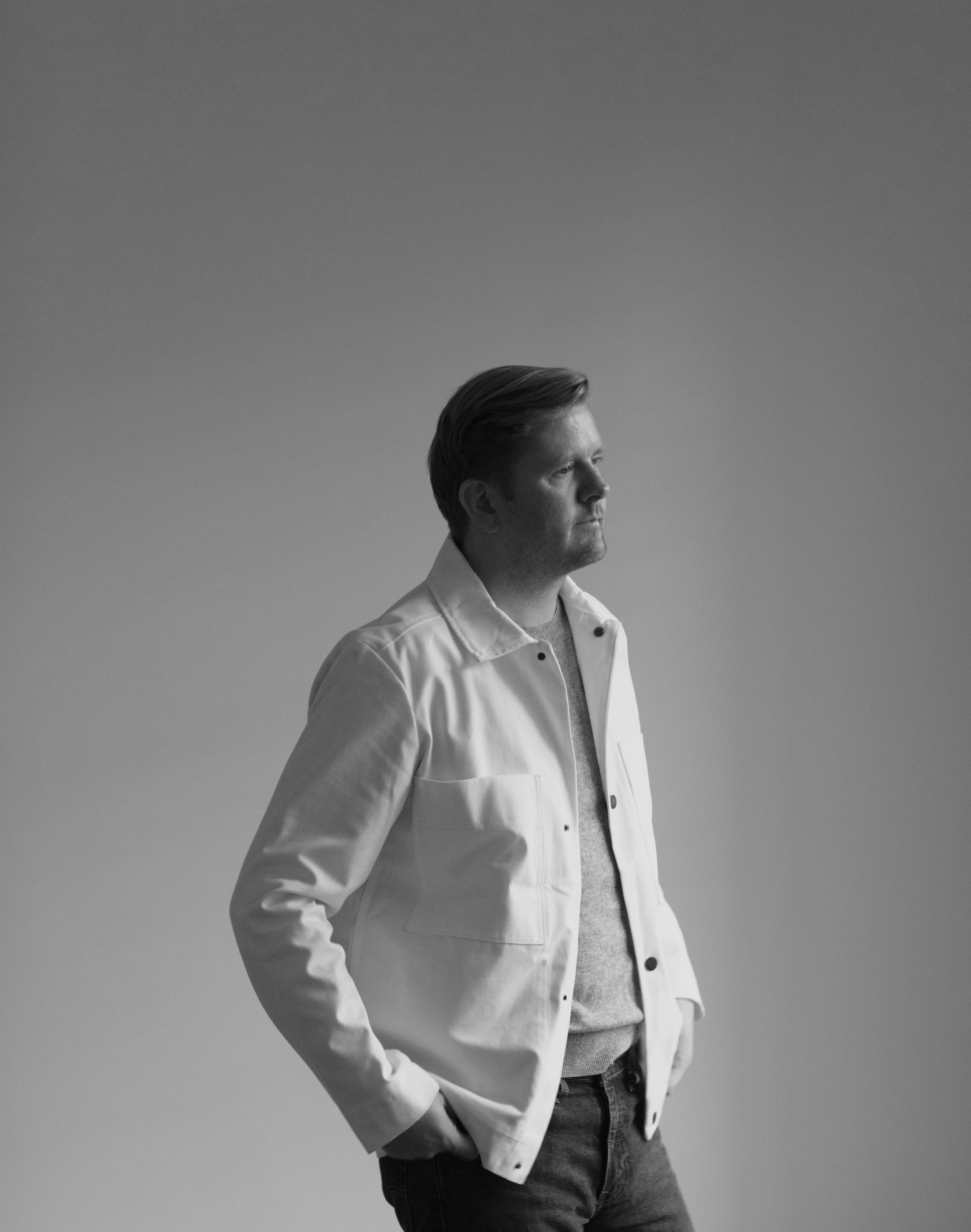
Over the last thirteen years, David Thulstrup has grown his practice into one of the leading proponents of contemporary Danish design today. Across architecture, interiors and product design, his work speaks of a deep connection with his design roots, whilst containing a strong international outlook through each of his studio’s projects and products – championing craft and quality all the while.
Heading a team of around sixteen fellow architects, interior and product designers, the studio of David Thulstrup sits within the sun-drenched former warehouse of the Royal Danish Library in Amager, just south of the Danish capital. Sitting down with David to talk about the growth of the studio coincided with an upcoming retrospective, providing the perfect spring board in which to pinpoint the key components that have shaped the many successes (and learning curves) of a practice that is adding another chapter to the story of Danish design.
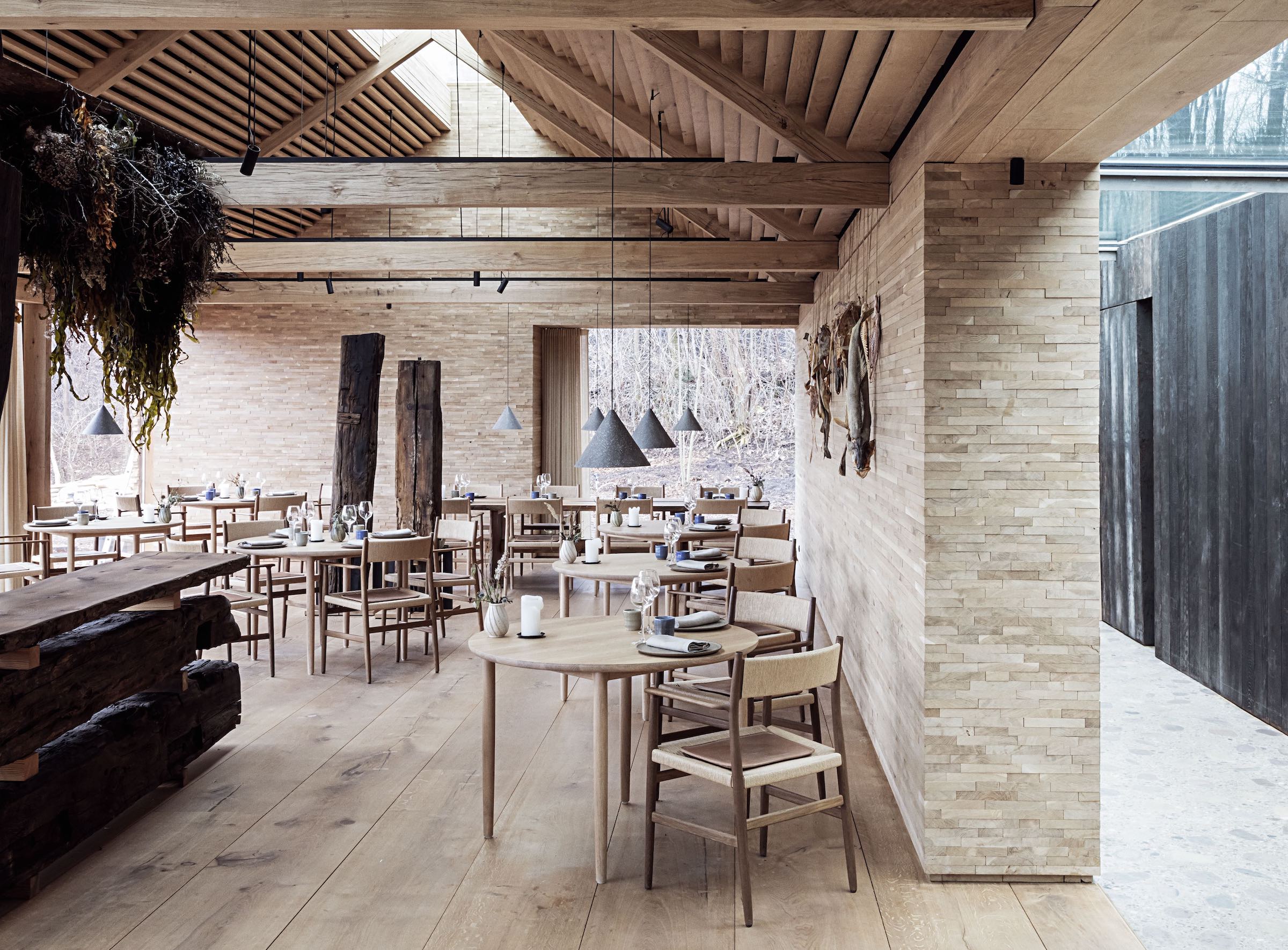
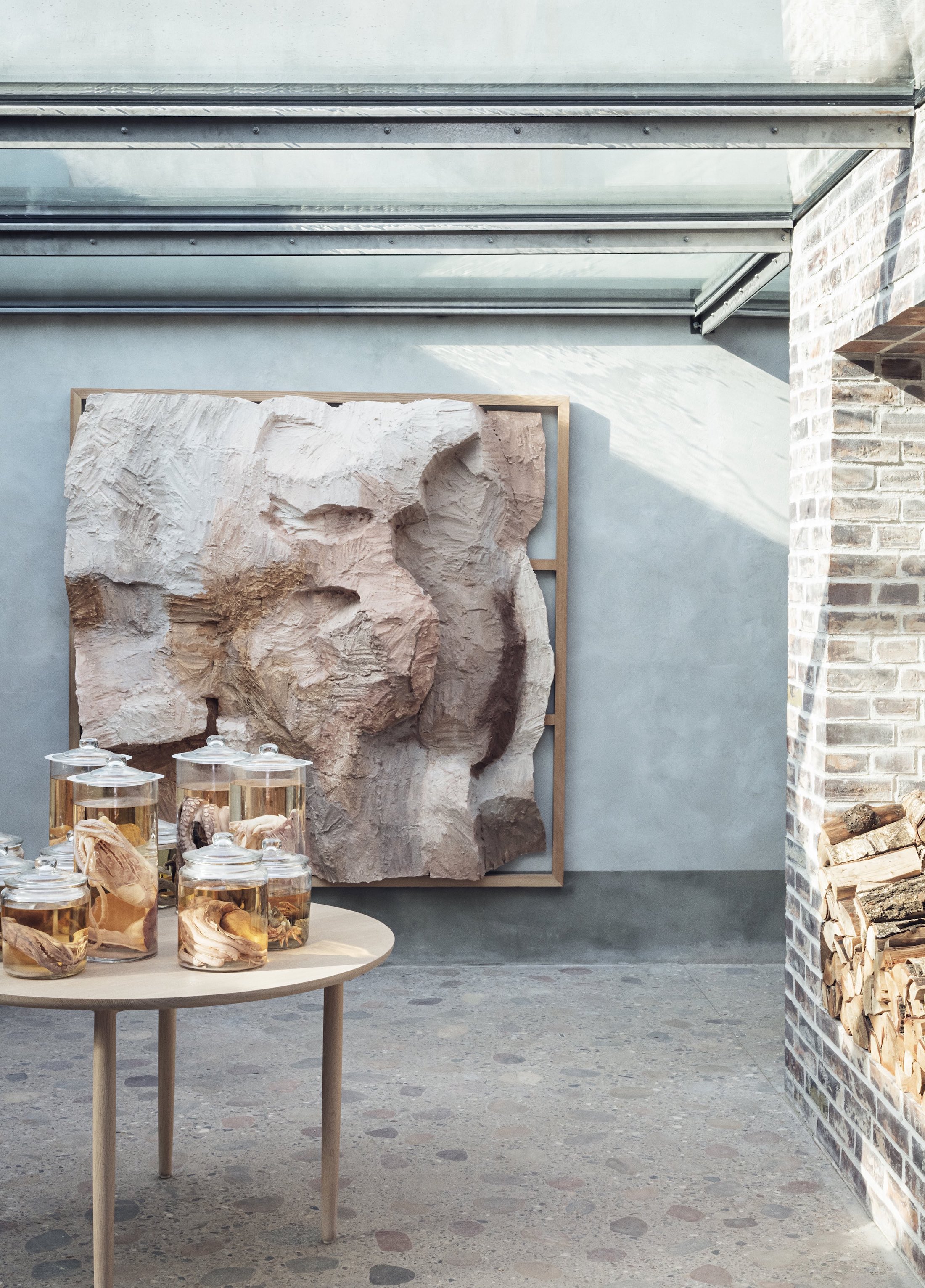
Perhaps at the forefront of the studio’s success lies within the holistic nature of his practice. Stemming from David’s own training as an interior designer and stylist, whilst completing his MA as an architect – his projects are defined by their attention to detail and the ability to effortlessly bring together each design discipline. Driving this high level of detail is an in-depth incubation period for each project, as David explains;
“One thing that is important to all my designs is a sense of place. At the start of every project we are analyzing all sorts of things including what materials are in the neighbourhood, what buildings are located near our project, and which brand/person/company is it that I am working for. We are spending a lot of time analyzing and researching in order to create a foundation around the context of place. From here we can develop a material palette for each project.”
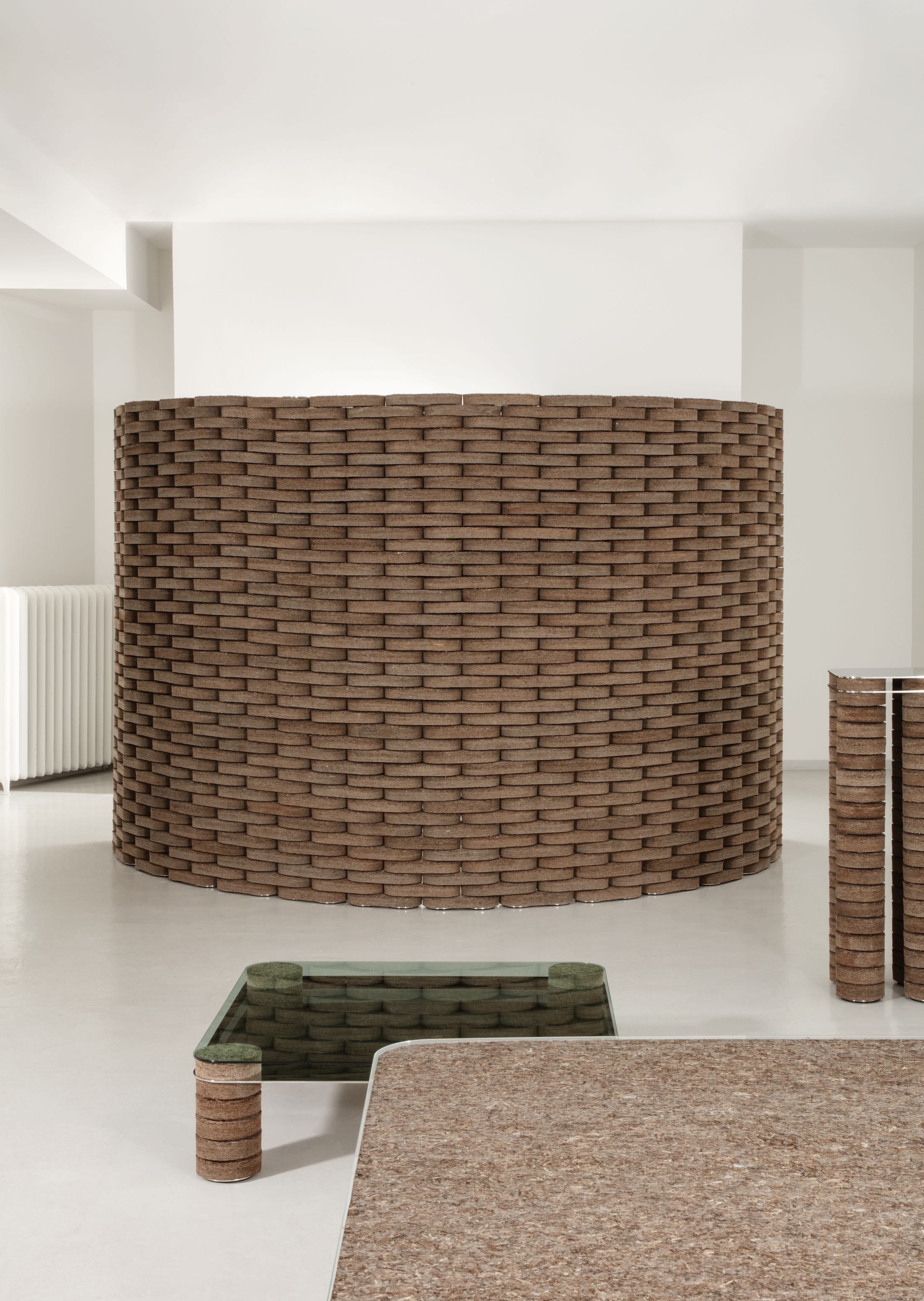
The way in which David pulls together different materials, and how he utilizes the materials is perhaps the most identifiable characteristic of his practice. While his design language is often quite simple and straight forward – leaning on straight lines and strong, circular forms, the way in which he uses materiality creates a sense of humanism within all of his spaces. Natural, textural stone and wood is combined with sleek aluminum – each material used to highlight and uplift the other. The quality of a palette based around local, natural materials speaks volumes of David’s desire to create environments in which people feel at ease. Colour is also a strong contributor to all of David’s projects – further emphasizing the natural materials whilst providing a contemporary edge. He approaches colour in a very strategic way however, in which David details;
“I almost get in a panic if I design things that become too decorative when using colour. I approach the use of colour within my spaces as more of an architectural gesture… I would never just paint a wall, but rather apply colour to create a volume, or to an object or piece of furniture. For instance, I designed a retail space for J.Lindeberg that utilized this intense bright yellow, but we applied it to what I call an architectural gesture – a wall, but a curved wall that creates some architectural volume.”
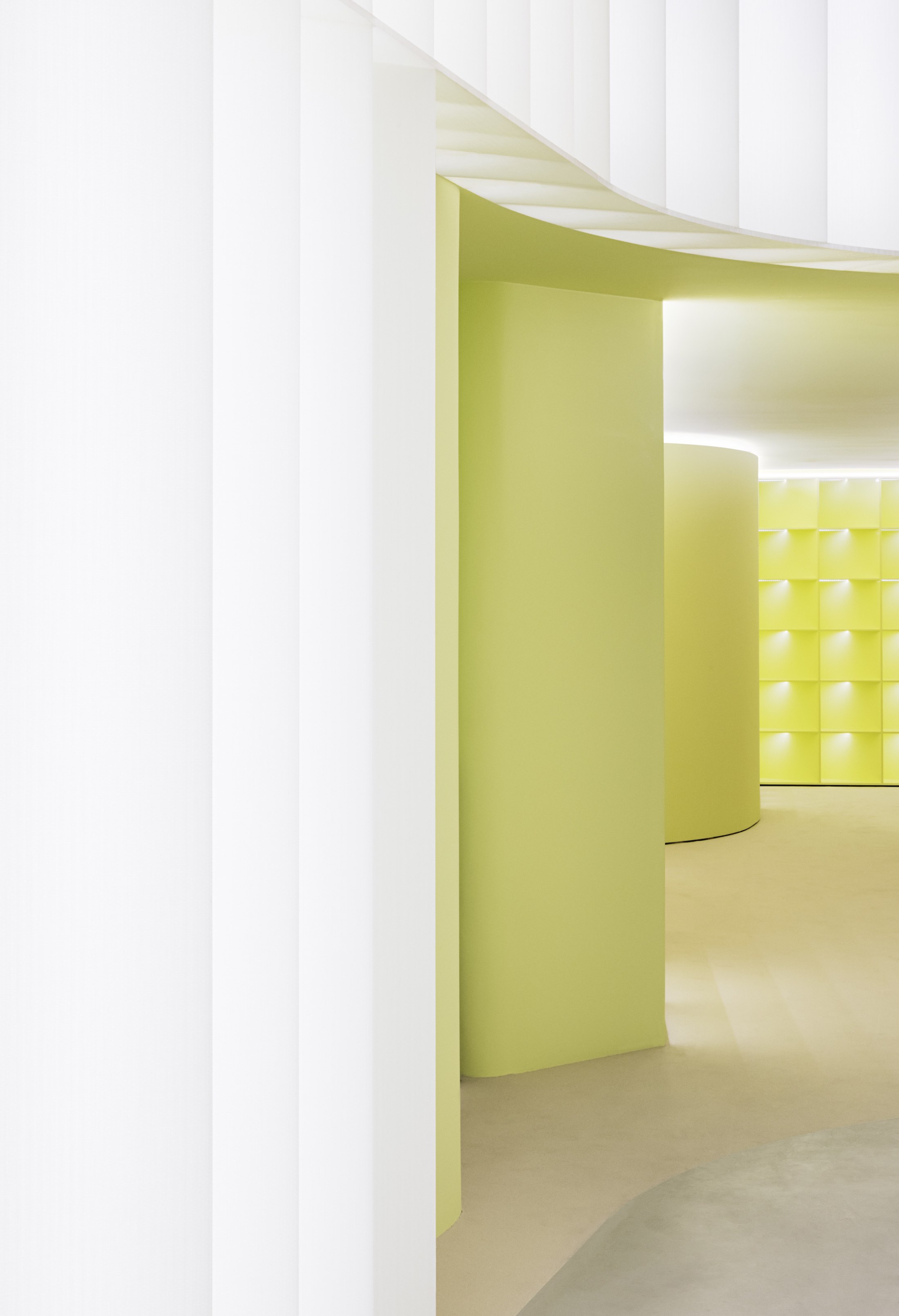
Within David’s upcoming role as curatorial advisor to The Mindcraft Project 2022, his focus will be on shining a light on artists and designers that place quality of craft at the forefront of their practice. This focus acts as a mirroring of sorts to his own projects that present craftsmanship at their centre, whether through the use of woven screens, custom furnishing or the objects and items used within them. The design of Noma 2.0 is a case in point, where each space has incorporated local practitioners wherever possible – from the seasonal lighting of Jonas Edvard and Studio Arhøj, to the moss grown artwork of Danish artist Silas Inoue. Within a space filled with local stone infused terazzo flooring, Danish artist Carl Emil Jacobsen contributed a wall piece produced from bio glue and the very same crushed stone presented in the flooring below.
Just as every chosen material and colour within David Thulstrup’s projects are holistically considered within relation to the context of place, so too are the artworks and objects he commissions and sources across both residential and commercial interiors. Art provides that full stop to his projects, yet are carefully considered within the humanistic approach that defines his design language.
